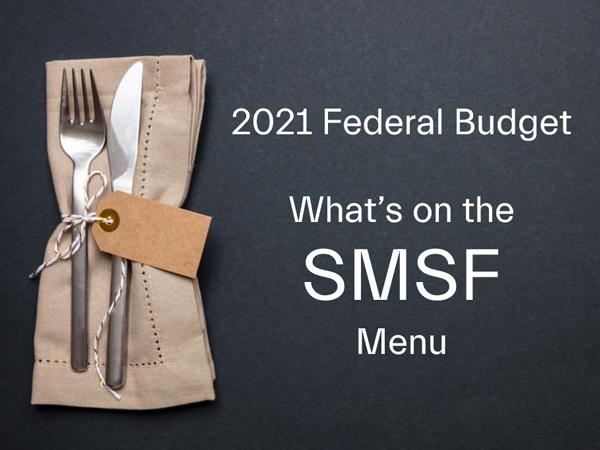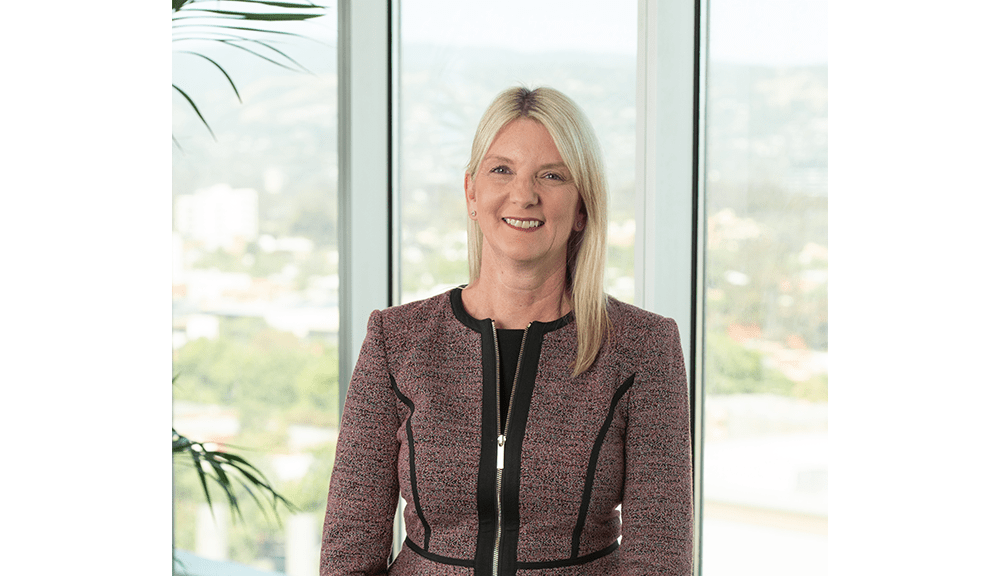What the 2021 Federal Budget means for Self Managed Super Funds
The Australian Federal Government’s hotly anticipated, big-spending COVID recovery budget delivered some much-needed measures for self managed super funds (SMSF) that address concerns that have been raised by the industry for a number of years and will provide greater flexibility for SMSF trustees to make voluntary contributions. In this article, we look at the upsides, as well as the missing pieces, for self managed super funds in the 2021 Federal Budget.
As the Government looks to reignite the Australian economy following COVID-19, there were a number of important measures introduced in the recent Federal Budget that impact superannuation and SMSFs.
By and large, these changes should be viewed positively and represent a policy shift for the Federal Government, which has remained relatively quiet on super in recent years. It ought to be noted that these changes should be viewed through the lens of a looming Federal Election, which is set to take place within the next 12 months.
Reducing the age limit for downsizer contributions
Since being introduced on 1 July 2018, downsizer contribution rules have seen more than $1 billion tipped into superannuation funds across the country. The rules allow eligible downsizers to make a one-off, post-tax super contribution of up to $300,000 per individual following the sale of their home.
The Government has now moved to expand access to this scheme by reducing the age limit for eligibility from 65 down to 60. Importantly, as with the current rules, downsizer contributions do not count toward non-concessional contribution caps, which will create opportunities for those aged 60-65 who are looking to transition to retirement.
The move has also been designed to help free-up supply of larger homes for younger families and enable more older citizens to downsize to a home better suited to their circumstances.
Voluntary contributions no longer subject to work test
In what will a significant boost for those that are transitioning to retirement, the Government is set to remove the work test for individuals aged 67 to 74 when making non-concessional or salary sacrifice contributions to their super.
This measure represents a variation of the original push back in 2017 to remove the work test altogether. The change represent a softer approach and one that only impacts voluntary contributions. It also removes some of the complexity around the existing laws, such as the work-test exemption and the $300,000 additional total super balance threshold.
This means that Australians aged 67 to 74 wanting to make voluntary contributions to super will no longer need to satisfy the “work test” criteria of working at least 40 hours over a 30-day period. This will allow for greater flexibility in making super contributions and can be used in conjunction with re-contribution strategies to reduce superannuation tax liabilities and allow for greater opportunities with retirement planning.
Greater flexibility for Australians living overseas
In a change that the superannuation industry has been advocating for over a number of years, the Government has moved to relax SMSF residency rule. The change will extend the central control and management test safe harbour from two to five years, allowing trustees to make continued contributions to their super while living overseas for longer and bringing SMSF rules in line with those of APRA-regulated funds. Importantly, the active member test will also be removed under the new measures.
These proposed rule changes will allow greater flexibility for those seeking to travel overseas for work or other purposes, without having to make wholesale changes to their SMSF arrangements.
SMSF legacy pensions can now be dismantled
In another coup for change that the SMSF industry has been lobbying for for some time now, new rules will allow market-linked, life-expectancy and lifetime products to be dismantled for a two-year period. Effectively, this move will enable retirees to transition to more flexible and modern products.
Under the current rules legacy products, like those mentioned in the previous paragraph, can only be converted into a similar product – for example, converting an eligible lifetime pension into a market-linked pension. Furthermore, there are also currently restrictions on the amount of reserve that can be held without impacting contribution caps.
The new rules handed down in the 2021 Federal Budget will remove these restrictions and also allow individuals to access all of a product’s underlying capital.
It is worth noting that social security and taxation treatment will not be grandfathered for any new products commenced with commuted funds, and the commuted reserves will be taxed as an assessable contribution. In this regard, care should be taken and professional advice sought, to ensure all factors are considered.


